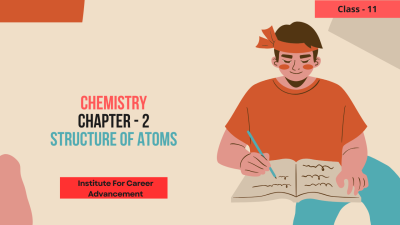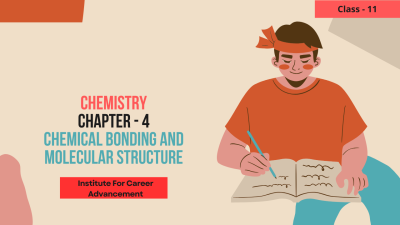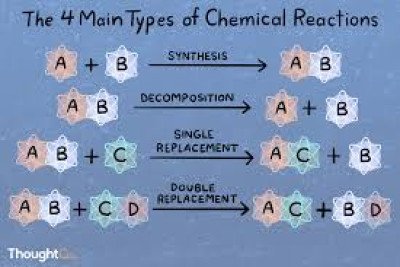Structure of Atoms - Class 11
In Structure of Atoms (Class 11), you'll delve into the fascinating world within! Get ready to explore the building blocks of matter – atoms – and unravel their secrets. The Indivisible No More: Learn how the concept of the atom, once thought to be the smallest unit, has evolved. A Peek Inside: Discover the composition of atoms – protons, neutrons, and electrons – and their location within the atom. The Mighty Nucleus: Understand the central core of the atom, the nucleus, where protons and neutrons reside. The Whirlwind Electrons: Explore the concept of electron shells or orbitals, where electrons dance around the nucleus at specific energy levels. The Fingerprint of an Atom: Unravel the concept of atomic number, the unique identity card of an atom based on its number of protons. স্ট্রাকচার অফ অ্যাটমস (ক্লাস 11)-এ আপনি ভিতরের আকর্ষণীয় জগতে প্রবেশ করবেন! পদার্থের বিল্ডিং ব্লকগুলি-পরমাণুগুলি-অন্বেষণ করতে এবং তাদের গোপনীয়তা উন্মোচন করতে প্রস্তুত হন। অবিভাজ্য আর নয়ঃ একবার ক্ষুদ্রতম একক হিসাবে বিবেচিত পরমাণুর ধারণাটি কীভাবে বিকশিত হয়েছে তা শিখুন। ভিতরে একটি উঁকিঃ পরমাণুর গঠন-প্রোটন, নিউট্রন এবং ইলেক্ট্রন-এবং পরমাণুর মধ্যে তাদের অবস্থান আবিষ্কার করুন। শক্তিশালী নিউক্লিয়াসঃ পরমাণুর কেন্দ্রীয় কেন্দ্র, নিউক্লিয়াস, যেখানে প্রোটন এবং নিউট্রন বাস করে, তা বুঝুন। ঘূর্ণিঝড় ইলেকট্রনঃ ইলেক্ট্রন শেল বা অরবিটালের ধারণাটি অন্বেষণ করুন, যেখানে ইলেক্ট্রনগুলি নির্দিষ্ট শক্তির স্তরে নিউক্লিয়াসের চারপাশে নৃত্য করে। একটি পরমাণুর আঙ্গুলের ছাপঃ পারমাণবিক সংখ্যার ধারণাটি উন্মোচন করুন, প্রোটনের সংখ্যার উপর ভিত্তি করে একটি পরমাণুর অনন্য পরিচয়পত্র।
English
Last updated
Wed, 27-Nov-2024



















